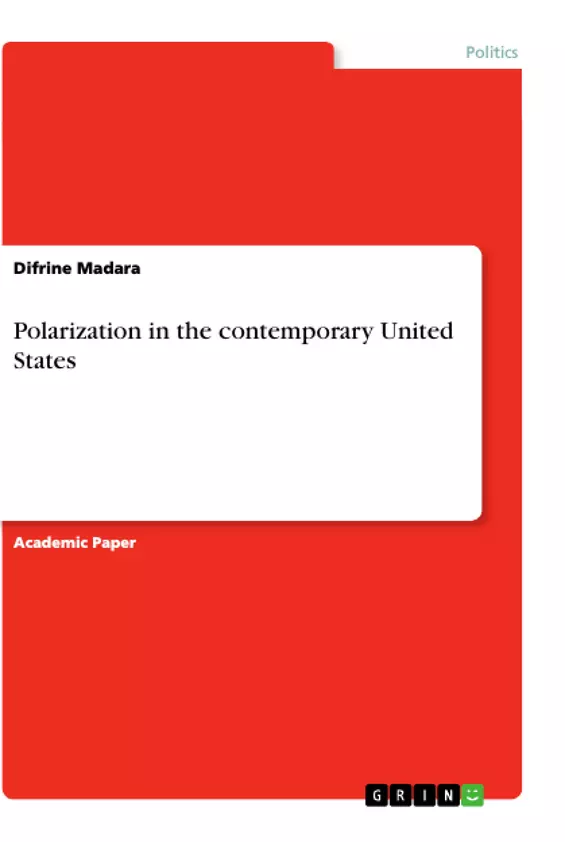What is the main cause of polarization in the contemporary United States and what, if anything can be done to fix it?
Party activists play a leading role in polarization of parties along several issue dimensions in modern American politics. In this essay, I argue that interest groups, lobbyists and other activists have become integral elements of American political parties. These activists work within party structures to advance their policy goals through selection of candidates for various positions such as the Supreme Court or lobbying elected party officials to adopt certain positions. Therefore, unlike conventional party structures, party activism is linked to the increase in polarization in the contemporary American society.
Since the turn of the millennium, American political parties have become increasingly reinvigorated. Funding and staffing of party organizations has increased significantly. For instance, in 2012, the Democratic National Committee (DNC), Democratic Senate Campaign Committee (DSCC), and Democratic Congressional Campaign Committee (DCCC) raised $290.4 million, $145.9 million, and $183.8 million respectively compared to $52.8 million, $4.1 million, and $3.8 million, respectively raised in 1976 campaigns (all sums in 2012 dollars). Most of these funds come from individual and corporate donations. However, party activists play crucial role in making these parties attractive to donors thus influencing party positions.
Inhaltsverzeichnis (Table of Contents)
- Introduction
- Analysis and Discussion
- Causes of Polarization in American Politics
Zielsetzung und Themenschwerpunkte (Objectives and Key Themes)
This essay examines the role of political activism in the increasing polarization of American political parties. It argues that the rise of party activism, particularly the influence of interest groups and lobbyists, has contributed significantly to the widening ideological divide between Democrats and Republicans. The essay aims to provide a comprehensive analysis of the causes of polarization in the contemporary United States, focusing specifically on the impact of party activism and its potential consequences.
- The role of party activists in shaping party positions and influencing elected officials.
- The impact of political pluralism and the dynamics of activism on polarization.
- The historical development of political polarization in the United States, including the rise of grassroots conservative groups and the realignment of the South.
- The effects of mass polarization on electoral outcomes and the decline of moderate candidates.
- The influence of gerrymandering and open party primaries on the polarization of political parties.
Zusammenfassung der Kapitel (Chapter Summaries)
- Introduction: The introduction sets the context for the essay by highlighting the increasing reinvigoration of American political parties, particularly the Democratic and Republican parties, and the role of party activists in influencing party positions. It argues that party activism is linked to the increase in polarization in the contemporary American society.
- Analysis and Discussion: This section explores the causes of polarization in American politics. It discusses the political pluralism model and how it relates to activism and political sorting through interest representation. It also examines the historical development of polarization, tracing the shift from a period of depolarization to the increasing divergence of parties towards extreme positions. The section further examines the effects of mass polarization on electoral outcomes, the rise of radical members, and the decline of moderate candidates.
Schlüsselwörter (Keywords)
The key terms and concepts explored in this essay include political activism, polarization, political parties, interest groups, lobbyists, political pluralism, gerrymandering, open party primaries, mass polarization, electoral outcomes, and the decline of moderate candidates. The essay aims to provide a comprehensive understanding of the role of party activism in shaping the contemporary political landscape of the United States.
- Quote paper
- Difrine Madara (Author), 2020, Polarization in the contemporary United States, Munich, GRIN Verlag, https://www.grin.com/document/961654



